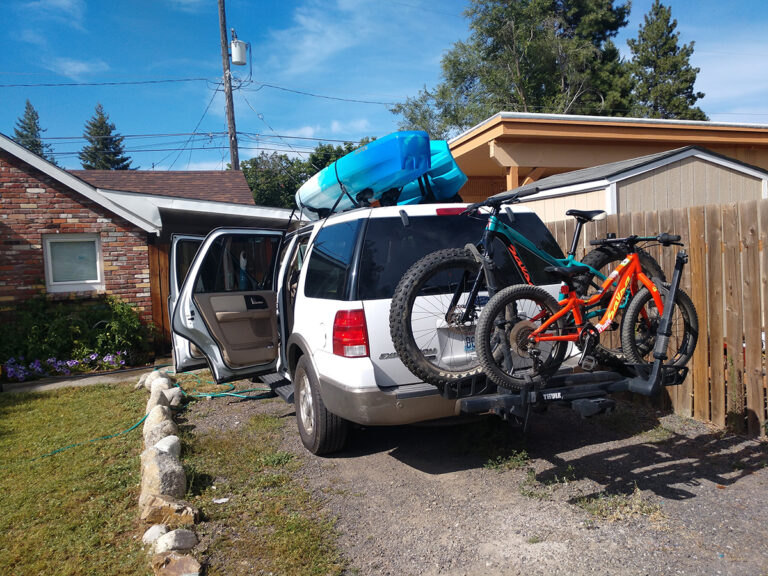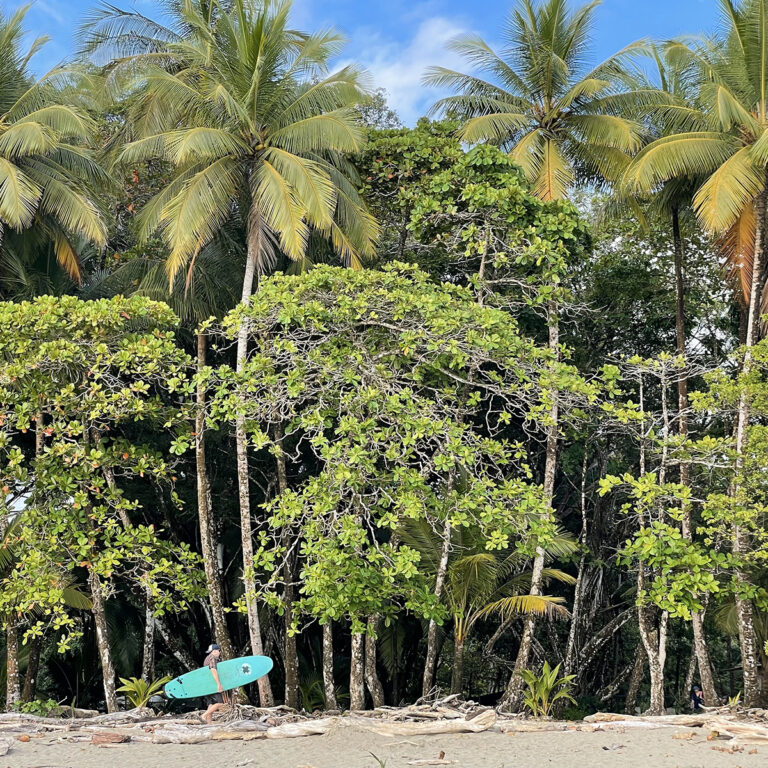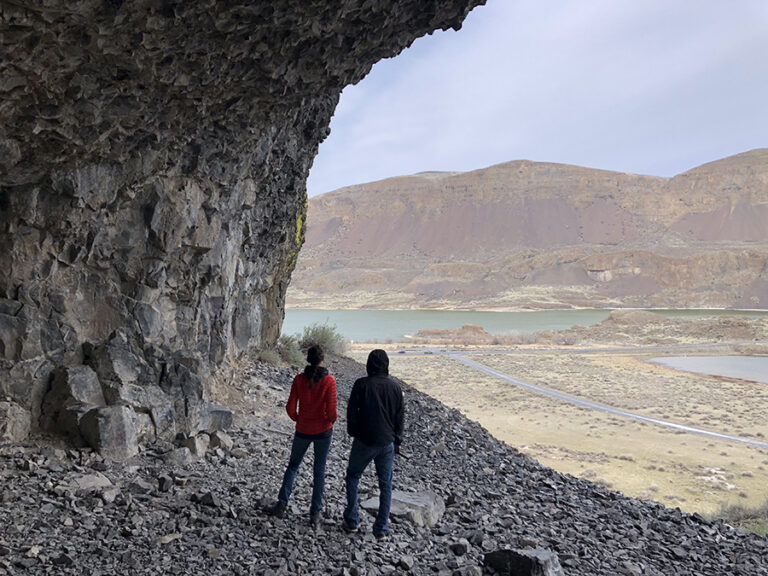It’s All Part of the Spokane Christmas Bird Count Fun
Sunday morning, December 27, will find 60 or so muffled, mittened, rosy-cheeked and bright-eyed folks bedecked in binoculars and listening attentively (in small groups) as the dimmer switch of dawn gradually brightens the day. They will be scattered about the Spokane Count Circle – as they and their ilk have been doing in the dead of winter for over 50 years – participating in the Spokane Christmas Bird Count.
John James Audubon started this tradition himself more than 100 years ago. And, as explained on the national Audubon Society website, “Today the longest-running wildlife census in the world continues to shape and inform our approach to conservation, providing vital information about bird populations and trends, data that alerts us to environmental threats not only to birds but to the larger ecosystems we all depend on.” This year’s count will identify winter resident birds – those that, like many of us, hunker down in Spokane for the grey days and long cold nights, following the Solstice.
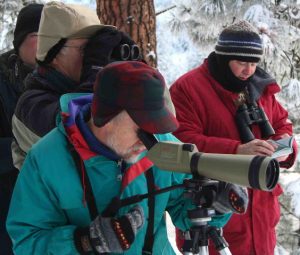
Twelve teams of observers will be dispersed across the Spokane Count Circle, which is 15 miles in diameter and centered close to Francis and Division. The area includes varied habitat, from urban and residential to fields, farms, forest, wetlands and riparian areas. Each group walks or takes short drives to observation sites within their area. Some intrepid participants observe until nightfall, in hopes of adding owls to their count. A group of bird counters may gather around a hot, spicy meal afterwards to recount their day’s adventures. In 2013, the Spokane CBC spotted thousands of birds, including 75 different species. Maybe this will be the year to see a northern pygmy owl, or even a brave, lonely hummingbird.
Alan McCoy is the compiler who coordinates the Spokane area birdwatching teams and collects the observation data about bird species (numbers, location, habitat, time of day, weather conditions) as well as volunteer participation info. He sends the local data to the Cornell Lab of Ornithology, where it is combined with data from other Christmas bird count circles across the Western Hemisphere, creating a vivid look at ever fluctuating bird populations and behaviors. Strict procedures for making observations and recording and reporting data must be followed to maintain the hard-earned validity of the data for scientific analysis.
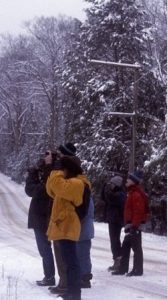
McCoy says new birders are always welcome. “You pretty much need to be passionate about birds to begin with – then it’s a fun thing to do.” For more information on the Spokane CBC or to participate, contact Alan McCoy at ahm2352@gmail.com. Even if you don’t make the 2015 CBC, you now know why those crazy people are out looking for their beloved birds in the frosty December dawn – and next year you may very well be one of them.
Another way to begin birdwatching and contribute to citizen science is to join the Great Backyard Bird Count. To participate, you need to spend 15 minutes on one to four specified days in February observing birds in your own backyard (or any favorite spot) and report your findings online. Learn more at Audubon.org.
These winter birdwatching adventures may just whet your appetite to improve your birding skills next spring when the landscape is bustling with courting birds and embellished by birdsong. In May, the Spokane Audubon Society offers an Introduction to Bird Identification Workshop, led by premier local birdwatchers. Check out the May events at Spokaneaudubon.org. //










